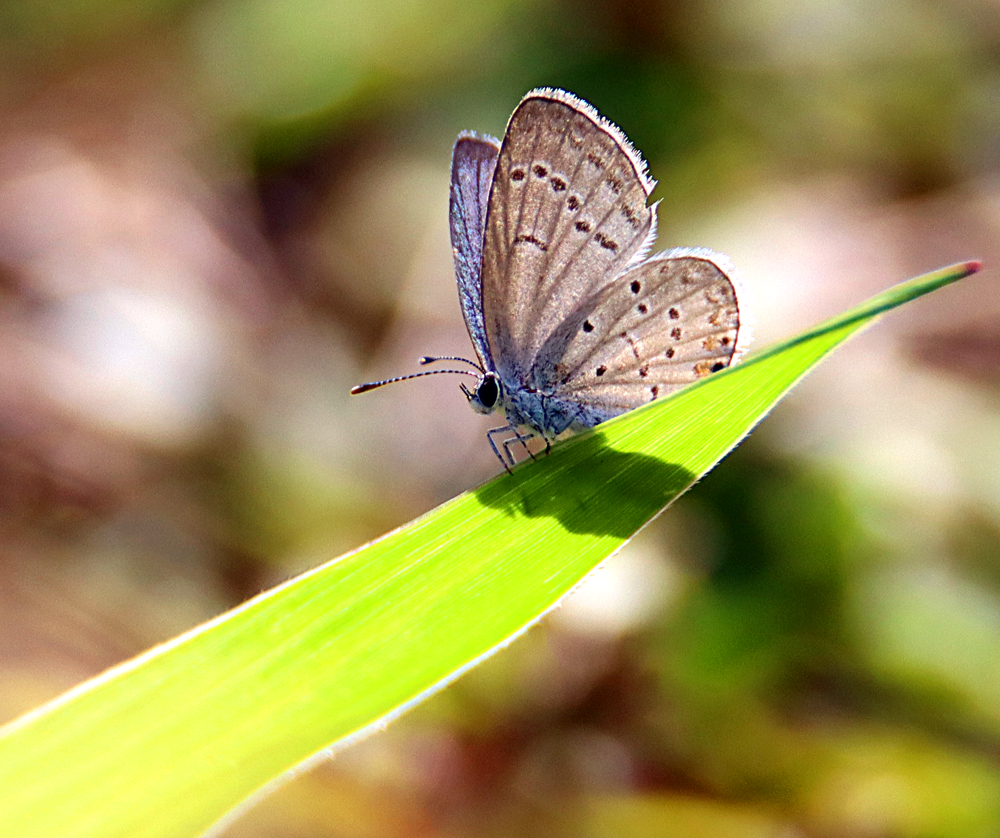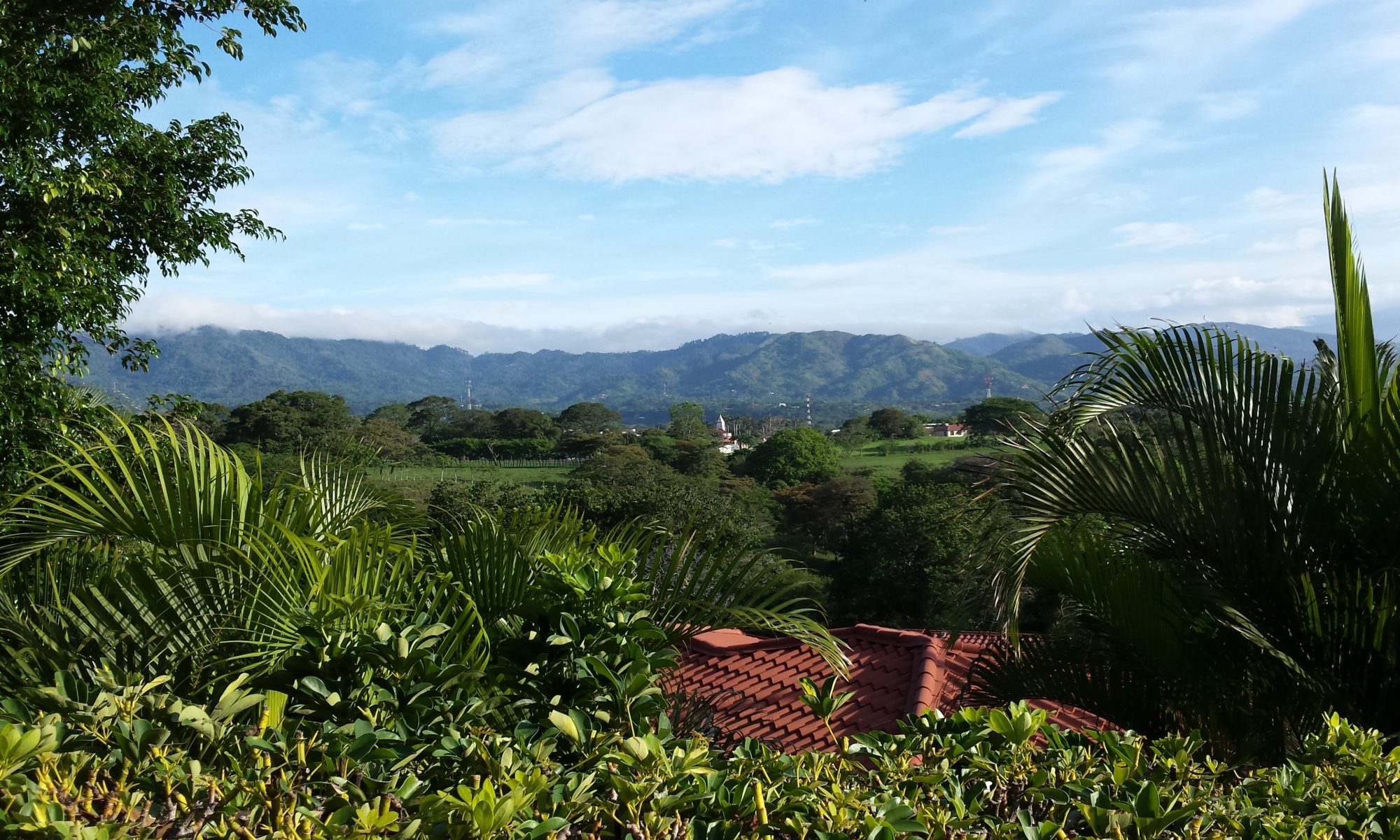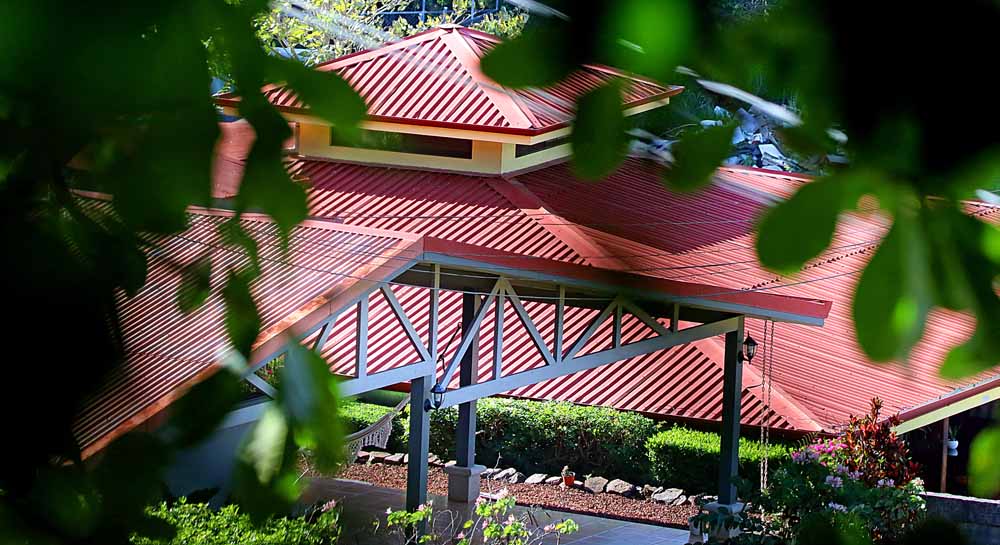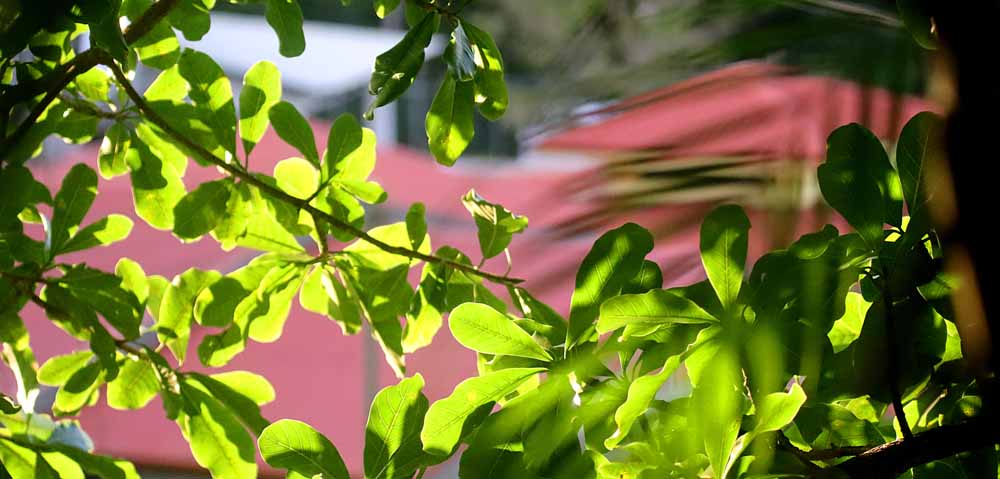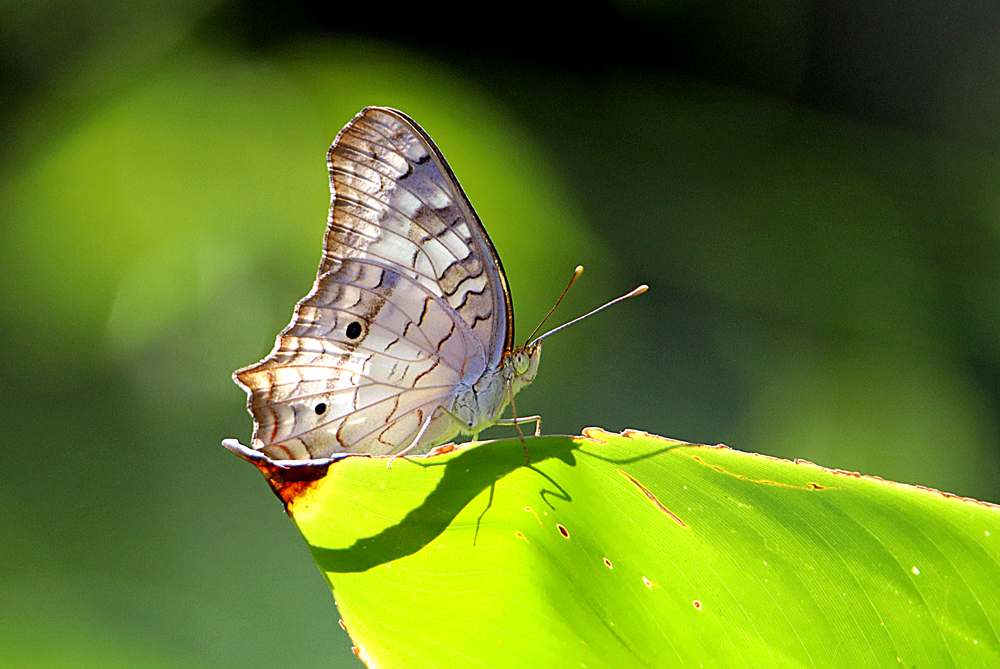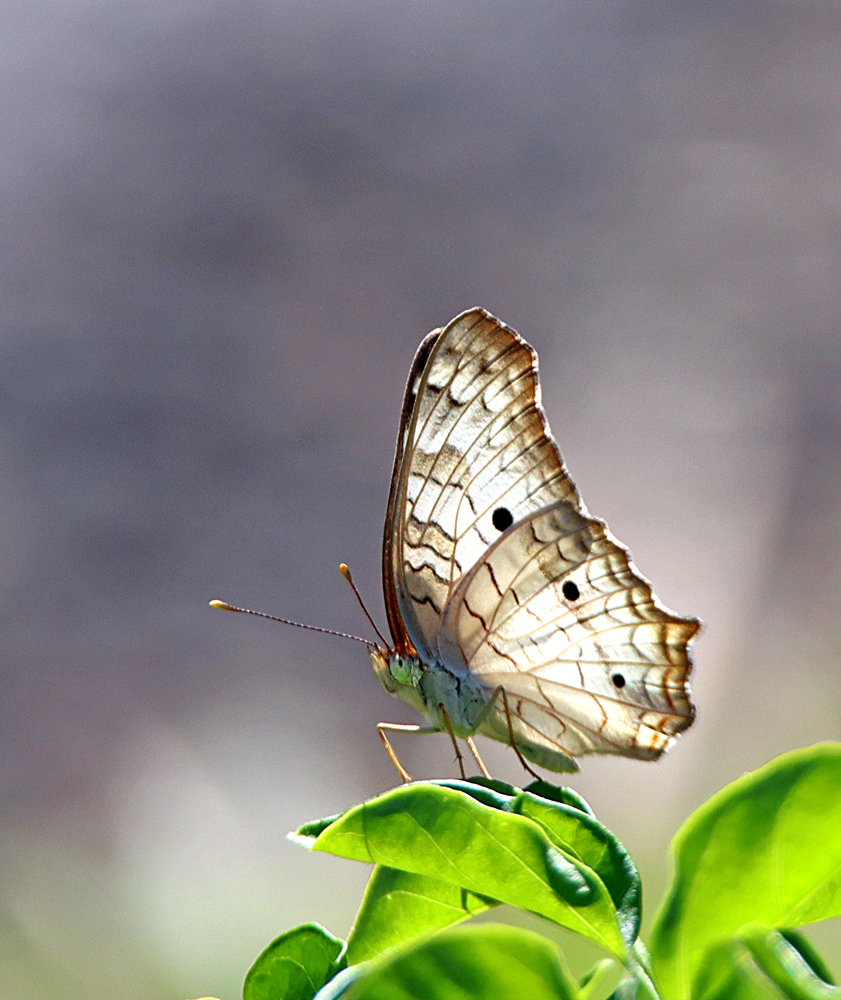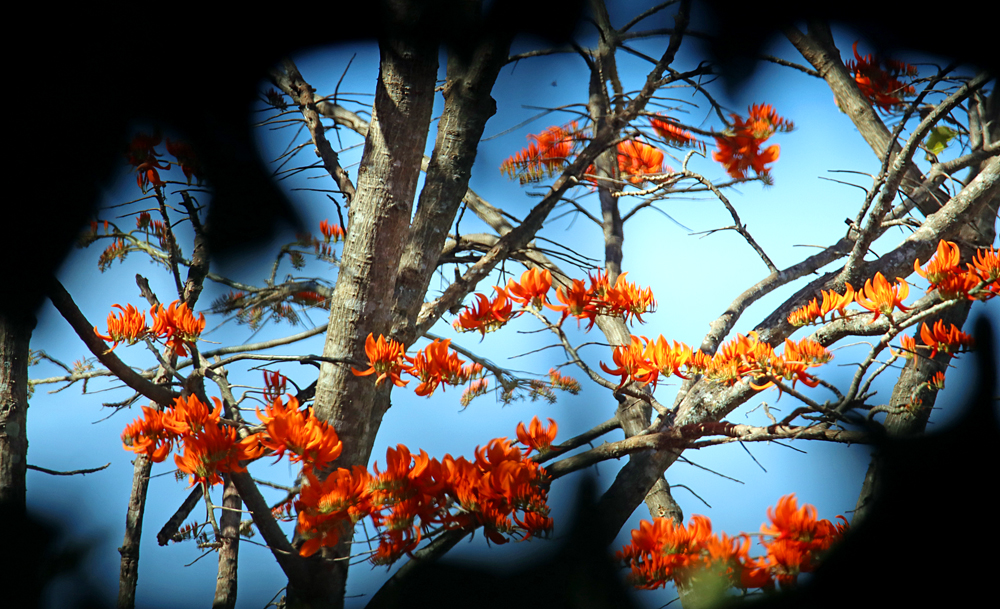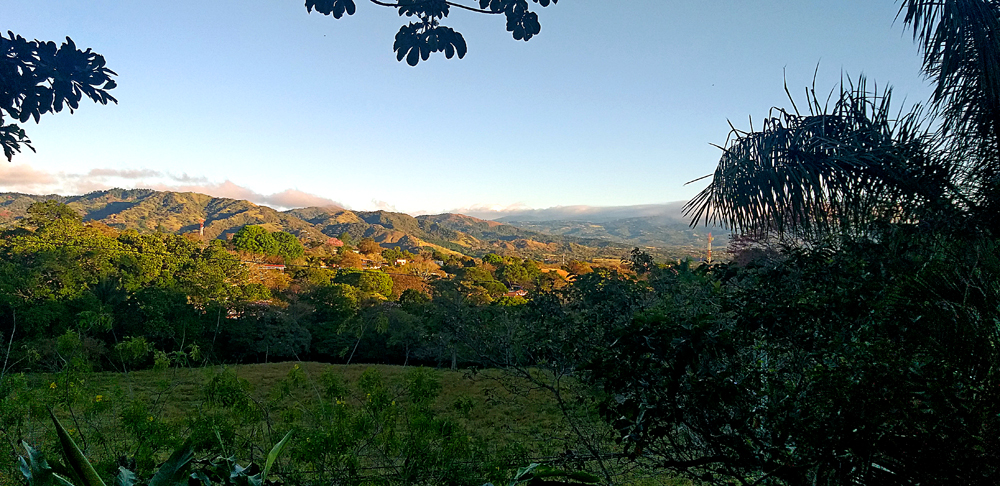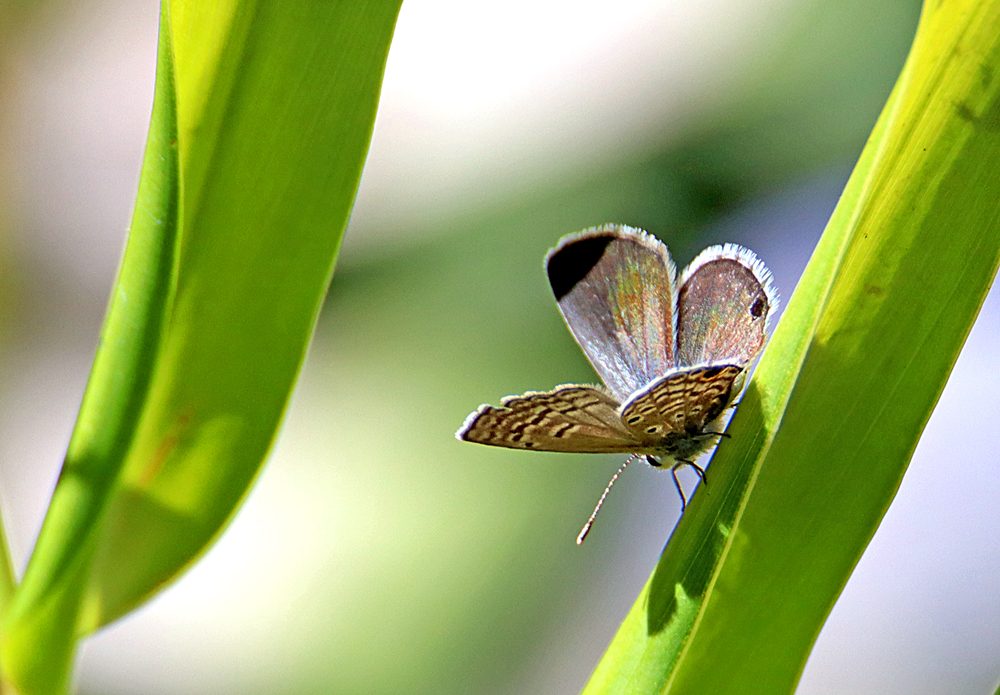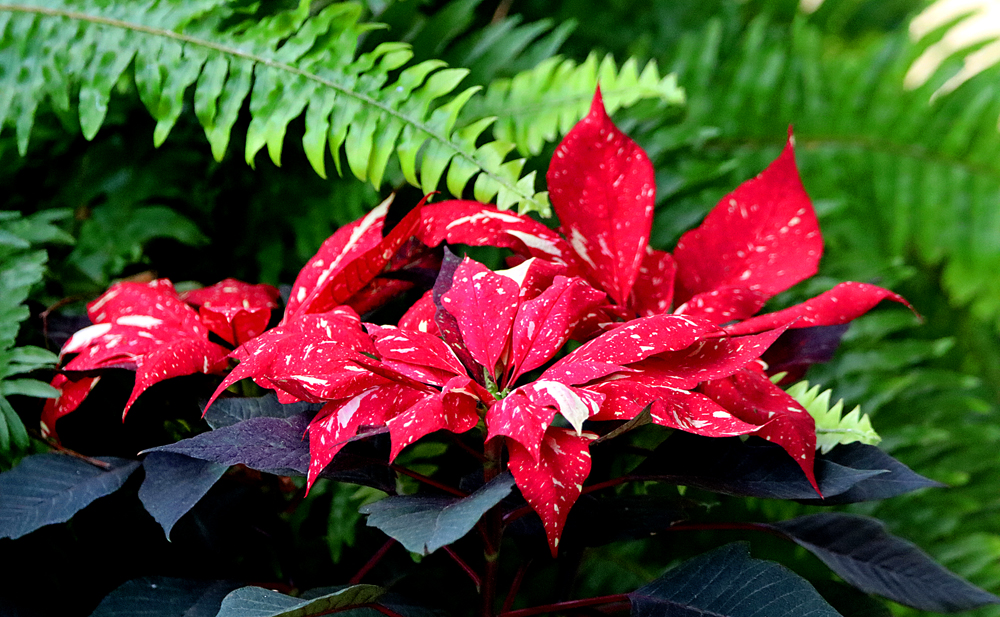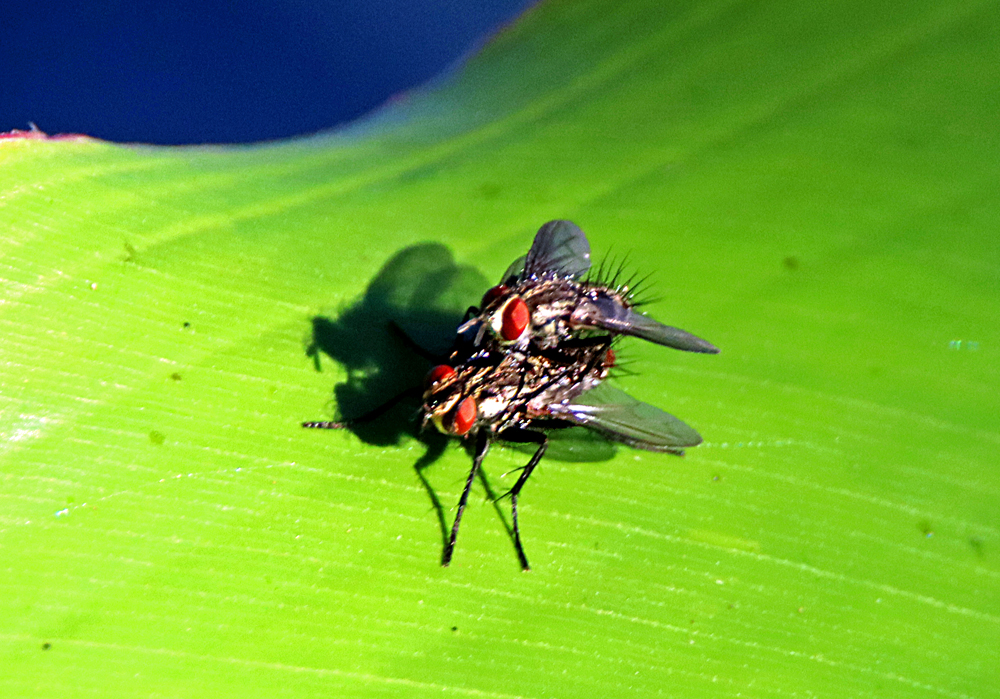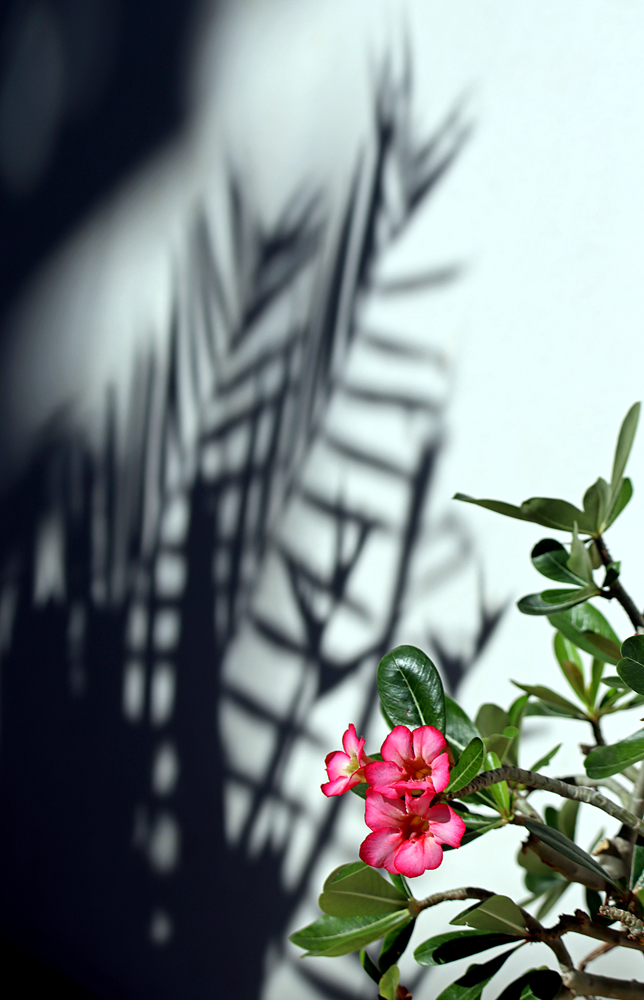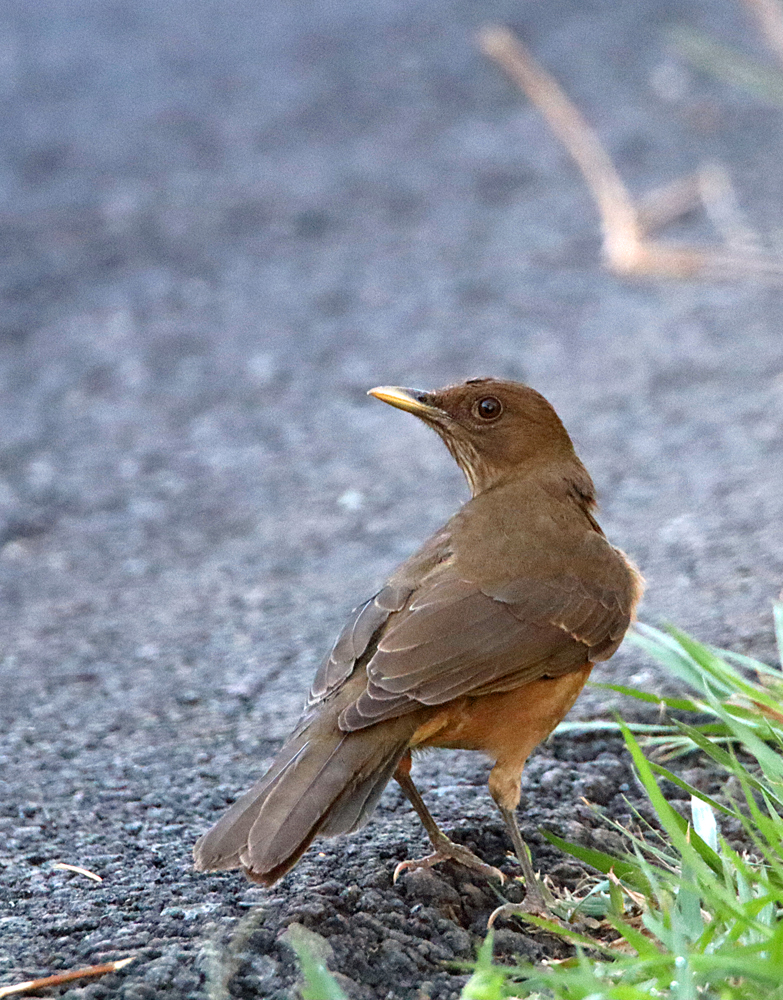This Eastern Tailed-Blue (Cupido comyntas) is a cousin of the Ceraunus Blue (linked to blog post) I shared a few days ago, another sub-family in the Gossamer Wings or Lycaenidae Family (linked to that group of galleries) of butterflies and another one of those very tiny ones, as noted by him being on a blade of grass in these photos. :-) Most in the Lycaenidae Family are tiny. Also he’s called a “blue” because the top of his wings are a powdery blue, though barely seen in just one of these photos. Because of the wind this time of year he keeps wings folded when landed, but you can see my photo of another one with open wings in my Eastern Tailed-Blue GALLERY where all the photos have come from my garden. 🙂 And also note that with my eyes he looks white, but the light and/or camera give him a brownish hue this time that I cannot explain.
